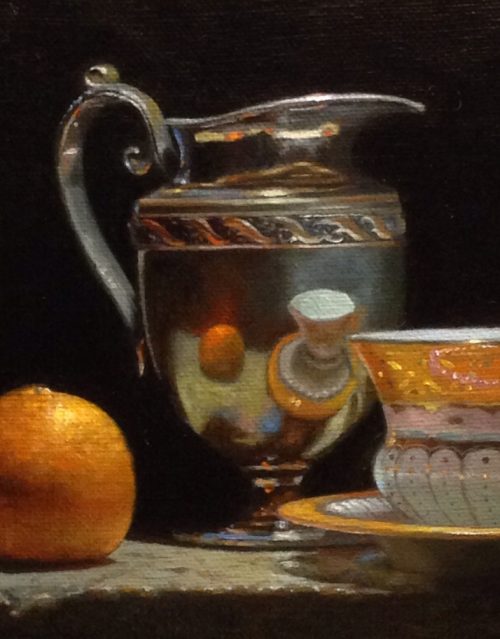The First Collector Email Is Not a Pitch The real beginning of a collector relationship is presence, not persuasion.

There’s a moment every artist faces when they begin writing to collectors:
The cursor blinks on a blank screen.
The internal pressure builds.
You think: This email has to work. It has to sell something.
But the truth is, the first email you send to a potential collector isn’t about making a sale. It’s about establishing a tone. A rhythm. A presence.
It’s the beginning of a relationship—not the close of a transaction.
And approaching it that way changes everything.
Most artists believe the first email has to prove something.
That they’re serious.
That their work is valuable.
That they’ve earned the reader’s attention.
This instinct is understandable—especially in a culture wired for urgency and conversion. But it’s also the fastest way to flatten a connection before it begins.
Collectors don’t need to be pitched right away. They need to know who they’re in conversation with.
They’re not buying a product. They’re stepping into a relationship with the artist behind the work.
When the first thing a collector receives is a sales pitch, it puts them on alert.
When the first thing they receive is a quiet, thoughtful gesture—a glimpse into your values, your rhythm, your way of seeing—they lean in.
What works is what feels true.
A first email that invites, rather than persuades.
That speaks in your actual voice.
That offers presence instead of positioning.
Tell them why you paint, how you see, what you notice.
Share what kind of experience they can expect if they continue reading.
Let the email become a mirror of the paintings themselves—quiet, intentional, enduring.
The most effective first email doesn’t say, “Buy this.”
It says, “Come closer.”
And that is the beginning of trust.
If you’re working on your own collector emails—and want to do it in a way that feels aligned, spacious, and real—this bootcamp walks you through it, step by step.
Quiet marketing is not a contradiction.
It’s a path.